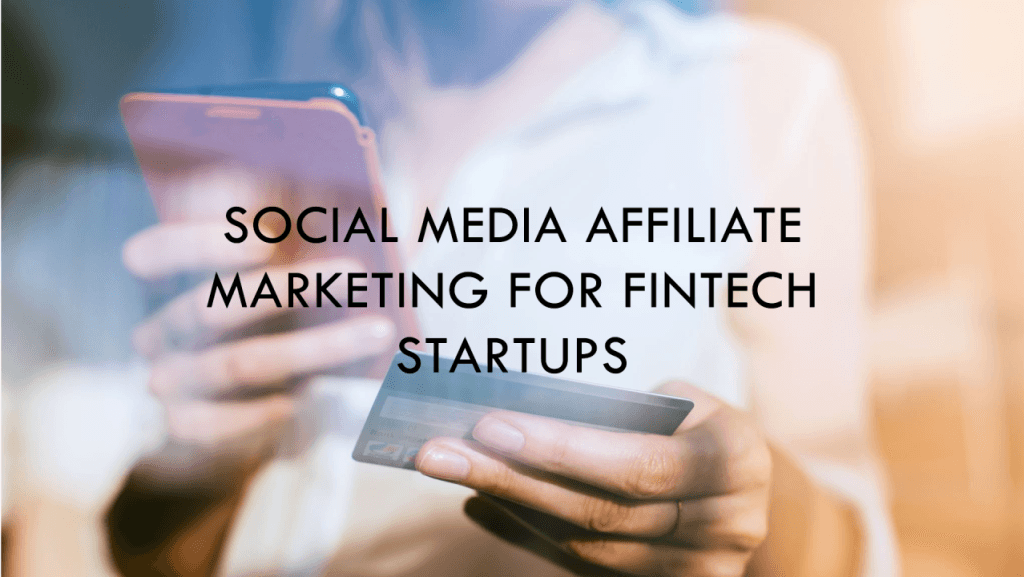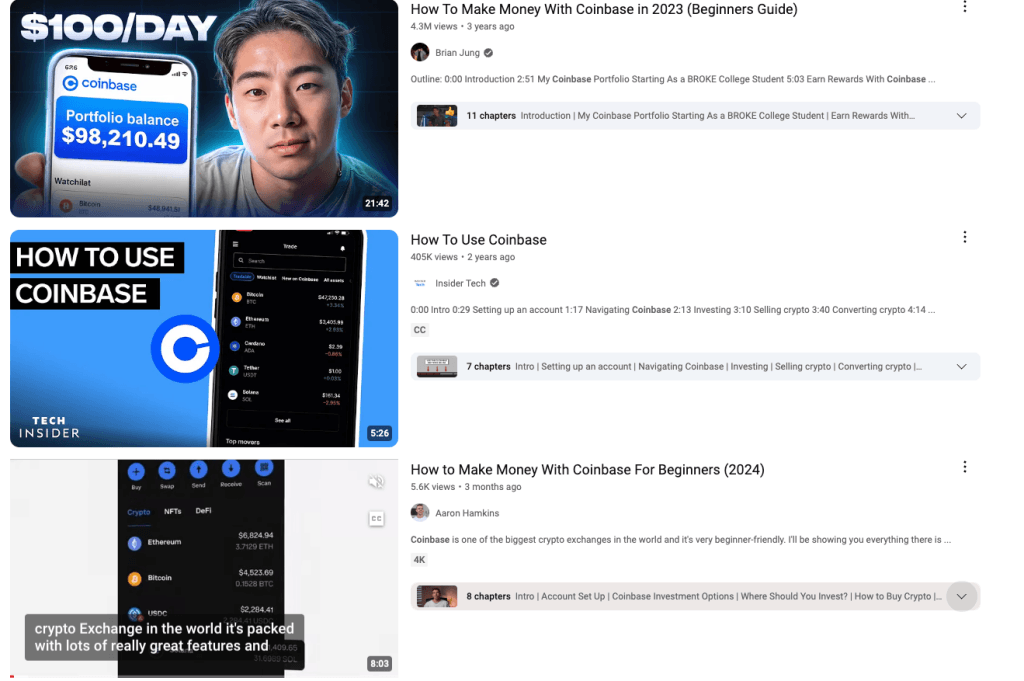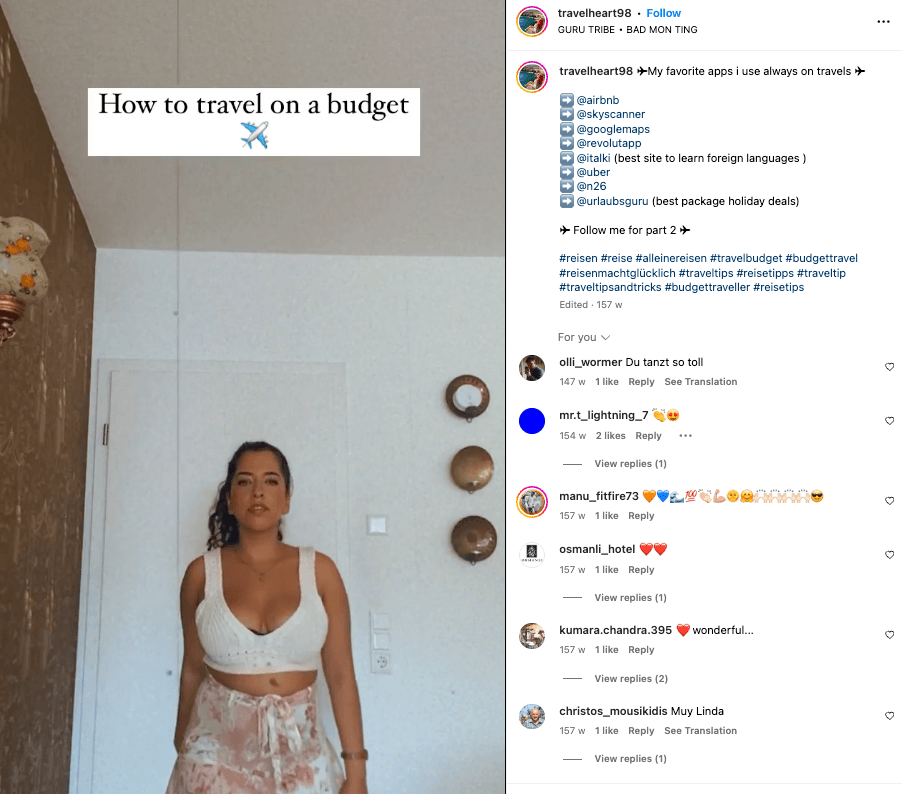
In the fast-paced world of fintech, standing out is not just about having the best product. It is also about connecting with your audience where they spend most of their time – in social media. Your potential customers are constantly engaging with content that entertains, educates, and inspires them. The question is, how can you leverage these platforms to drive real results for your fintech brand?
Let’s explore how to build a winning social media strategy, with real examples of successful fintech campaigns from around the globe to guide the way.
Choose the Right Platform
Social media habits can differ between regions and countries. For example, TikTok is quickly catching with the most used social network – Facebook – in the Philippines, while in Malaysia Meta’s social networks Facebook and Instagram are still ahead of TikTok in terms of number of users.
Different platforms also require different types of content to engage the audience:
Instagram and TikTok require visually engaging content. Short-form videos, infographics, and interactive content perform best on these platforms. They appeal to a younger audience who may be interested in modern financial tools like budgeting apps, investment platforms, or crypto trading.
Facebook is a great platform for sharing articles, videos, and engaging in discussions through comments or Facebook Groups. It’s effective for reaching a broad audience and building relationships and trust over time.
X (former Twitter) is not as well adopted in SEA as in other parts of the world, but it can be a good fit for users looking for real-time updates, news, and quick tips. X can be used for sharing links to articles and blogs, engaging in conversations about finance, and promoting affiliate links in a conversational manner.
YouTube is perfect for long-form video content such as tutorials, reviews, and webinars. YouTube is an excellent platform for building a library of in-depth content around fintech products.
Use the Best Performing Content Formats
- Short-form videos for TikTok, Instagram, as well as YouTubes Shorts are by far the best performing content format in social media today. Affiliates can produce short clips showcasing quick tips on using a fintech app, highlighting product features, or comparing prices and rates. For example, a 30-second video explaining how to easily set up an investment account could be highly effective for driving leads and acquiring new customers.
- Infographics and carousel posts are great for visually summarizing complex financial information. They can be shared on Instagram or Facebook breaking down topics like “How to Budget Using [Fintech App]” or “Steps to Secure a Personal Loan” into easy step-by-step guides.
- Engagement formats like stories, polls and swipe-up links (for accounts with over 10,000 followers) that can be used to engage with the audience and direct them to affiliate links.
- Live streaming has proven to be a successful format not only for e-commerce and lifestyle, but also for financial products. Hosting live Q&A sessions, product demos and giveaways creates a direct interactive connection with the audience, leverages the trust that the influencers have with their followers and triggers spontaneous actions in response to promos and rewards.
Use the Influencers to Engage with Your Audience
Affiliates and influencers can create a lot of noise around fintech brands. At the same time, it is beneficial for the brand or its representatives to participate in the discussion. It can be done in multiple ways. For example, a brand can respond to comments and answer questions on the influencers’ posts, or host contests or giveaways together with the influencers, where they encourage user participation (e.g. asking followers to share their best saving tips for a chance to win a prize).
Be Compliant
As a fintech brand, it is important to appear trustworthy. This is why complying with the law is very important. When it comes to promotions in social media, make sure the influencers clearly disclose the affiliate relationship with your brand by using phrases like “#ad” or “#sponsored”.
Monitoring the quality of information communicated by the affiliates is crucial. Misleading content can lead to regulatory issues and damage your brand’s credibility. If possible, review the content of your affiliates before it goes live, to ensure compliance with financial regulations and company policies.
Examples of Successful Affiliate Marketing Campaigns in Fintech
Coinbase Affiliate Program on YouTube
Coinbase, one of the largest cryptocurrency exchanges, has run a highly successful affiliate marketing program through YouTube content creators.

Affiliates create educational videos on cryptocurrency trading, from “how to start trading” tutorials to deep dives into specific crypto topics. YouTube creators include affiliate links in video descriptions, earning commissions when viewers sign up and complete a transaction on Coinbase.
This strategy has helped Coinbase expand their user base, particularly during the crypto boom. Educational content combined with affiliate marketing was key to onboarding users who were new to crypto trading.
N26 Instagram and Influencer Collaboration
N26 is a German neobank, which successfully used Instagram micro- and nano-influencer partnerships to promote their services across Europe.

N26 collaborated with lifestyle and finance influencers who shared content about how N26 made banking easier for digital nomads, freelancers, and millennials. Instagram influencers often featured unboxing experiences (where they received their N26 cards) or how-to content showing how to open accounts and manage personal finances using the app.
By engaging Instagram influencers who catered to a young, tech-savvy audience, N26 was able to connect with users who prefer digital-only banking solutions. This campaign led to significant growth in account openings, contributing to N26’s rapid expansion.
Social media is a powerful tool for fintech affiliates to reach and engage with a broad audience. By creating a mix of engaging, educational, and promotional content tailored to the strengths of each platform, affiliates can effectively promote fintech products while building a loyal and informed following. The key to success lies in consistently providing value, maintaining transparency, and staying compliant with regulations.
